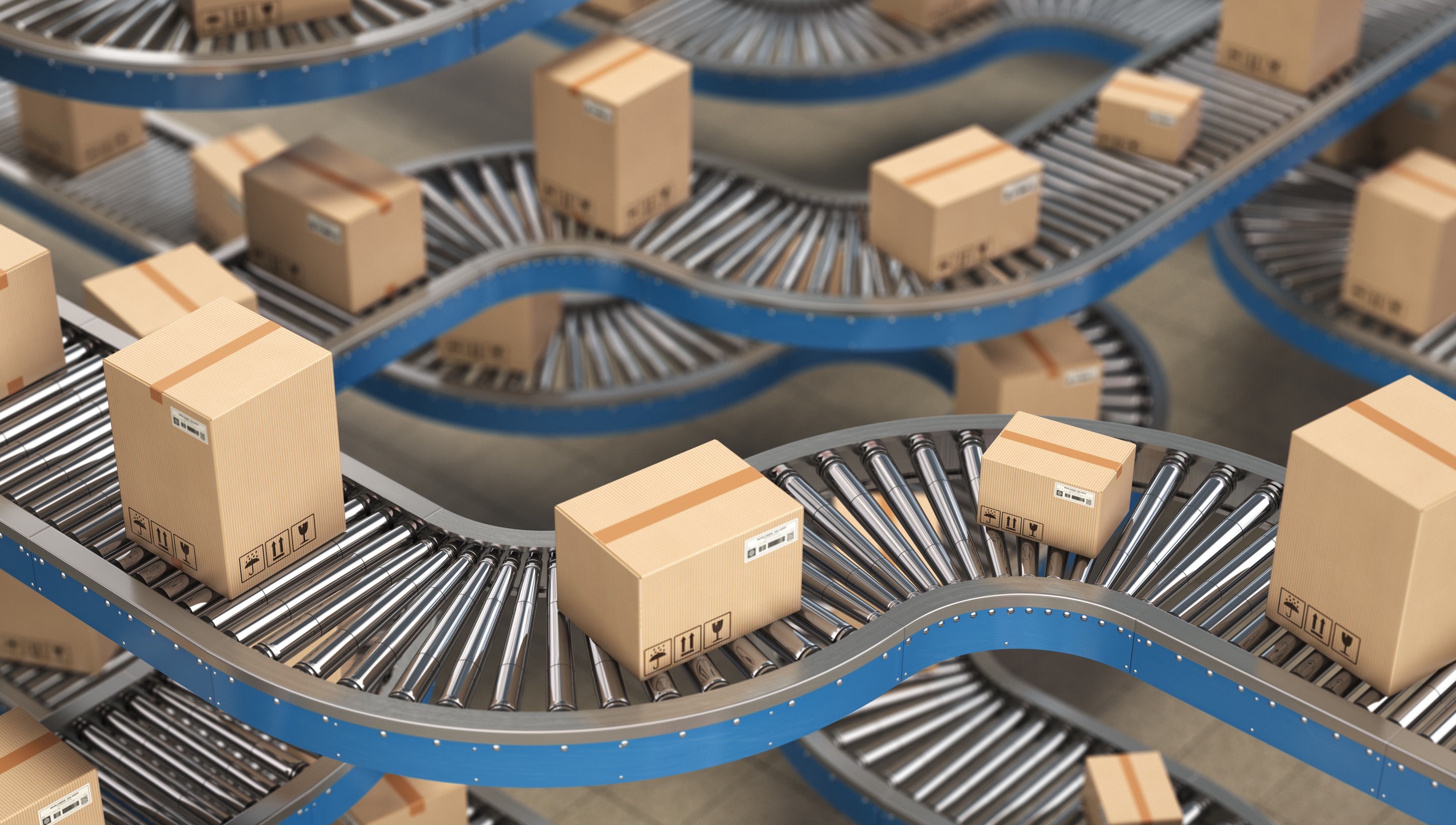In the retail industry, Amazon is the proverbial wolf at the door, defining and redefining customer expectations as traditional retailers struggle to compete. But as the industry races to capture market share in digital channels, many are ignoring the mounting costs of delivery. Traditional retail organizations are losing money on every online order—and research reveals that their online rivals are,too.
The logic behind free shipping is essentially this: Amazon is doing it, so we should too. This thinking has created a blind spot in the industry, with many organizations avoiding the fact that it makes little business sense. In order to remain viable in the coming years, retailers must rethink their approach to shipping, focusing not on cost but on value. They must take a true customer-centric view, investing heavily in understanding shoppers, their behaviors and their drivers, and then using this data to develop services they want.
This concept, while logical from the point of view of the retailer, is far less palatable to customers. After all, will shoppers pay for something that was once free? We look to the media industry for proof positive that they will—or, perhaps more accurately, some of them will. The trick is knowing who those customers are.
Back in 2010, traditional print news publications had been significantly impacted by the proliferation of free content via the internet. The response from many news organizations was to publish content for free—a decision that further cannibalized the print business. To offset this loss, media organizations then attempted to grow online readership and attract digital advertisers. But time has shown that these tactics were flawed—customer expectations changed, advertisers moved to different channels and free content continued to grow.
Faced with this, News International took the bold, counterintuitive step to launch a paywall. From then on, customers would have to subscribe to read the publications online. According to News International, newspapers should not continue to chase alldigital readers, but should instead focus on readers who valued the content sufficiently to pay for it. They were rewarded by a reported 90 percent drop in readership overnight and many assumed that they had killed their business—if not the entire industry.
But this was not the case at all. Today, News International is strong and many long-standing publications are experiencing a revival in circulation and audience. Experts acknowledge that News International’s bold move has saved the company and changed the industry. They recognize that the brand grew not by appealing to the masses, but by identifying those customers who value their product.
The retail industry is in a similar situation today. The “Amazon Effect” means that delivery impacts nearly every purchase decision. More than half of shoppers browse products based on preferred shipping options. Free shipping and free returns have become ubiquitous. A bold and radical step is needed to address the business imbalance. However, retailers cannot afford to lose 90 percent of their online business overnight. The industry needs to be brave—but also calculated.
Here are three takeaways from News International’s bold move that retailers can consider as they rethink shipping models:
- Develop real-time customer intimacy.Like the newspaper industry, retailers must stop focusing on the mass market, offering the same assortments, discounts and promotions to all shoppers regardless of history or profile. By using AI/ML capabilities, retailers can create precise and accurate digital profiles for customers and then take real-time action to modify the experience, promotions and search results available to each shopper. This personalization is the first step in demonstrating value to customers.
- Identify new products and services.News International’s digital strategy involved building a flexible, evolutionary system that connected readers with relevant products and services. The same is true of retailers. To get a handle on shipping costs, organizations must break down each step of the customer journey into distinct products and services. At that point, they can begin to optimize costs according to each function—and also frame these products and services in terms of customer value.
- Demonstrate value to consumers.As in the traditional media landscape, retailers do not have an accurate sense of their customers. By connecting the real-time, dynamically generated, customer data with online delivery products, the retailer can offer different experiences, pricing and delivery prioritization for each customer. This not only rewards existing customer loyalty, it also helps to demonstrate its value to customers across the spectrum.
For retailers today, the digital landscape necessitates that they share someof the costs with some of their customers. This strategy, bold as it is, may be exactly what the industry needs. After all, there’s a wolf at the door.










